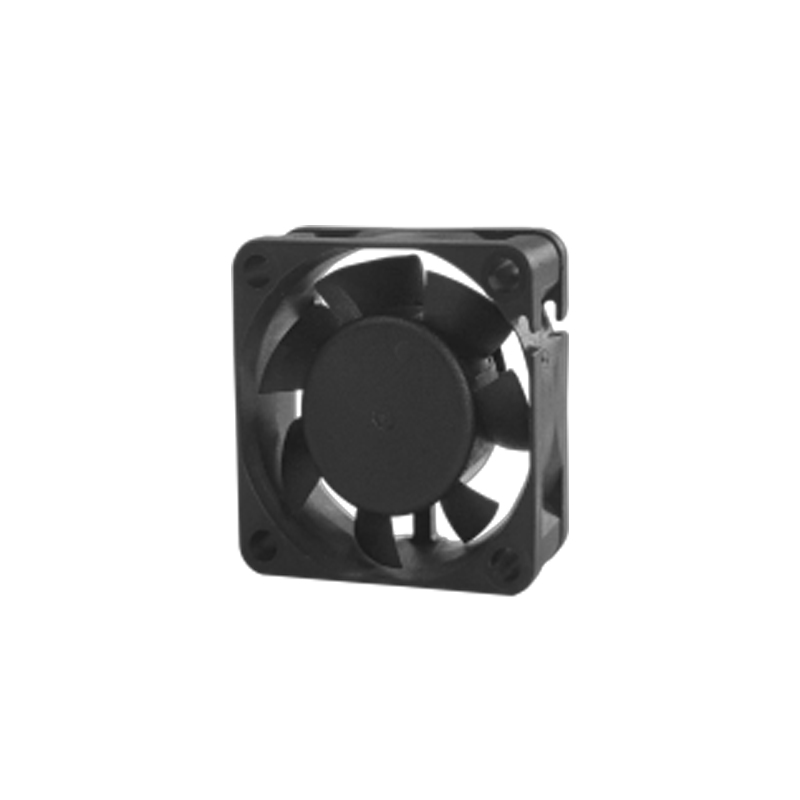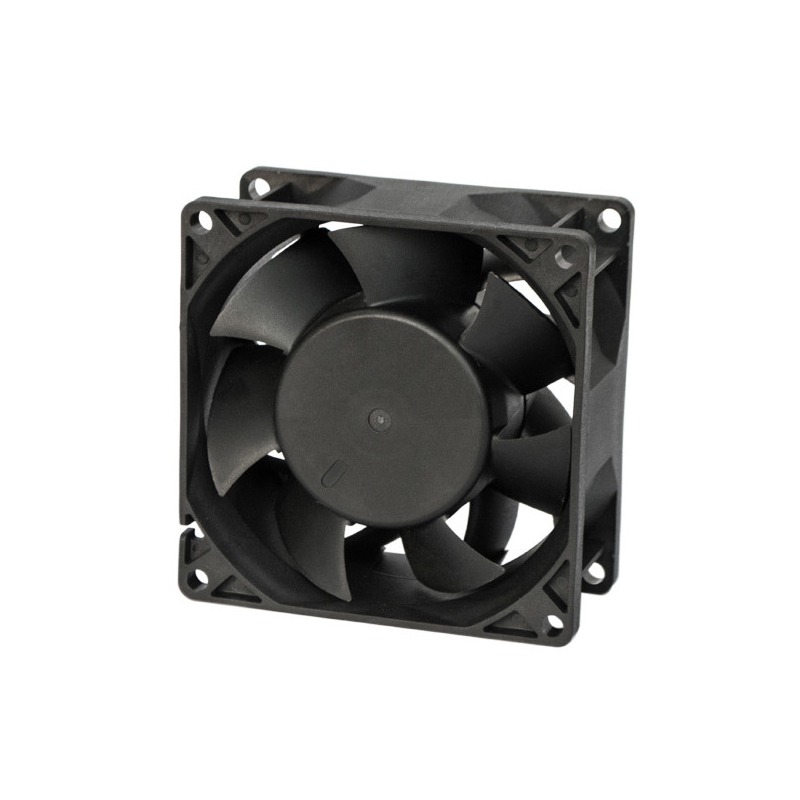BETTER TOUCH BETTER BUSINESS
Contact Sales at Lori.
When it comes to cooling fans, AC, DC, and EC fans differ in terms of driving method, performance, and application scope. The choice of fan type significantly impacts aspects such as cooling efficiency, energy consumption, and noise levels.
AC Fan (Alternating Current Fan):
Driving method: AC fans are powered by AC electrical supply, typically connected to the grid or a generator.
Construction and operation: AC fans consist of an electric motor, rotor, and stator. They generate rotational force and airflow using the voltage and frequency provided by AC power.
Advantages: AC fans have a simple design and structure, often used in low-cost and straightforward applications, such as household electric fans.
Disadvantages: AC fans operate at a constant speed and cannot be adjusted. They also consume more energy and produce higher noise levels.

DC Fan (Direct Current Fan):
Driving method: DC fans are powered by a direct current source, which can be supplied by batteries or adapters.
Construction and operation: Similar to AC fans, DC fans include an electric motor, rotor, and stator. However, they use DC power and can adjust speed using voltage regulation or speed controllers.
Advantages: DC fans offer variable speed control, allowing airflow adjustments as needed. They are relatively more efficient, consuming less energy. Additionally, they operate at lower noise levels, making DC fans suitable for applications requiring precise control and variable speed, such as computer cooling, server cooling, and various industrial and automotive uses.
Disadvantages: DC fans may have slightly higher costs compared to AC fans.

EC Fan (Electronically Commutated Fan):
Driving method: EC fans regulate motor speed using an electronic controller (ECU), typically powered by direct current.
Construction and operation: EC fans utilize advanced electronic speed control technology, combining the advantages of AC and DC fans. They feature dedicated motor controllers and sensors for precise speed adjustment.
Advantages: EC fans provide precise speed control, dynamically adjusting to meet demand. They are highly efficient, with low energy consumption, and offer optimal performance under different loads. Moreover, EC fans are characterized by low noise levels and long lifespan. They are widely used in applications requiring efficient and intelligent control, such as building ventilation, HVAC systems, data centers, and more.
Disadvantages: EC fans tend to be more expensive compared to AC and DC fans.

Choosing the appropriate fan type depends on specific application requirements. AC fans are suitable for basic cooling needs, while DC and EC fans are ideal for applications demanding variable speed, high efficiency, and precise control. For high-demand cooling scenarios, particularly those requiring precise control and energy optimization, EC fans represent the superior choice.
Copyright © 2025 Shenzhen Lori Technology Co.,Ltd. | All Rights Reserved